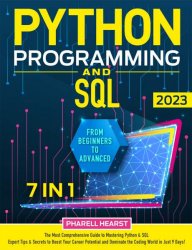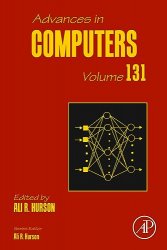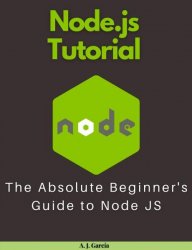- Добавил: literator
- Дата: 3-09-2023, 18:58
- Комментариев: 0
 Название: Google Bard AI Expertise: Unlock the Power of "Google Bard AI Expertise" and Transform Your Content
Название: Google Bard AI Expertise: Unlock the Power of "Google Bard AI Expertise" and Transform Your ContentАвтор: Laura Maya
Издательство: Independently published
Год: 2023
Страниц: 264
Язык: английский
Формат: pdf
Размер: 25,7 MB
Bard is a conversational AI developed by Google that uses Machine Learning and Natural Language Processing (NLP) techniques to generate human-like text responses to various prompts.
As a business owner, you may have many questions about how to use this product to improve your business. The training guide provides you with excellent knowledge, including the fact that is mentioned below: All that info you need to know about Bard Architecture. To let you know about the NLP Techniques and Algorithms. We have discussed the difference between Bard and ChatGPT. We have clarified about evaluating and iterating on custom models. We have discussed multi-turn conversational AI with Google Bard.






 Название: Agile Web Development with Rails 7
Название: Agile Web Development with Rails 7

